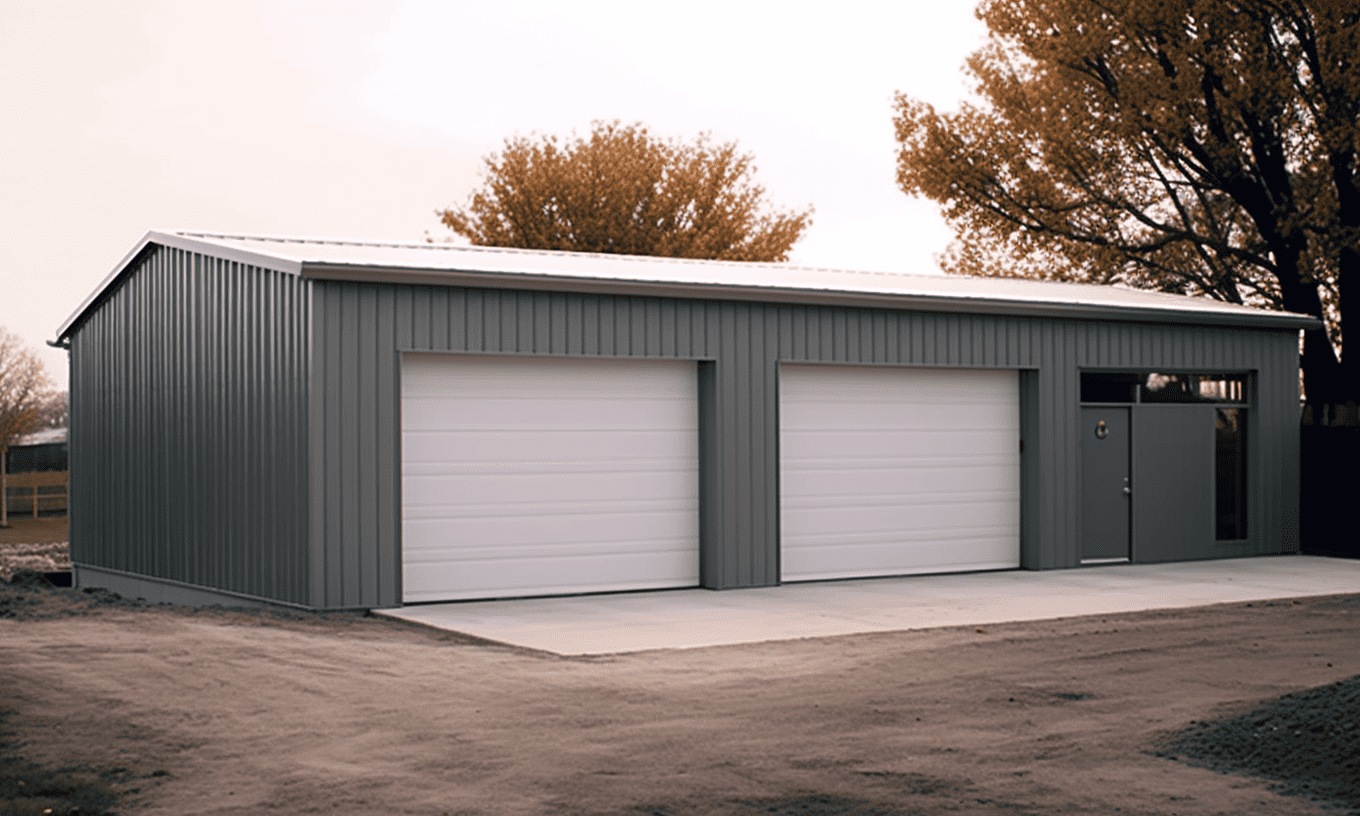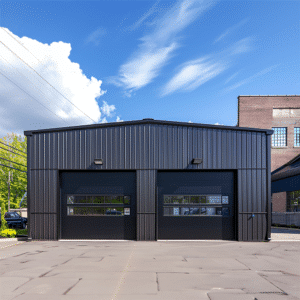In the world of construction, one of the fundamental aspects that can make or break a project is labor cost estimation. Imagine trying to bake a cake without knowing how much of each ingredient you need. Similarly, accurate labor cost estimation is crucial to ensuring the smooth execution of a project, whether it’s a towering skyscraper or a humble steel building. In this article, we’ll dive into the essentials of labor cost estimation, illuminating the intricacies that every project planner and builder should know.
Grasping the Basics of Labor Cost Estimation
It’s easy to overlook how pivotal labor cost estimation is, especially when initial thoughts about construction construction typically evoke thoughts of concrete, steel, and architectural plans. Yet, labor is the backbone of any project. Failing to accurately account for labor costs can lead to project overruns and eroded profits. Understanding the basics isn’t just a good idea; it’s essential for success.
Labor cost estimation involves forecasting the total expenses associated with hiring the workforce needed for a project. But how is this number determined? Several factors come into play: worker skill levels, labor market trends, project location, and the duration and complexity of the tasks at hand. Sounds multifaceted, doesn’t it? Let’s peel back the layers and explore further.
Key Factors Influencing Labor Cost Estimation
Understanding labor costs involves more than just a cursory glance at hourly wages. Let’s delve into the multitude of factors that can influence labor cost estimates:
– **Worker Skill Levels**: Higher skill levels typically equate to higher wages. However, skilled labor can also lead to more efficient project execution, which might actually save costs in the long run.
– **Location**: Geographic location impacts labor costs significantly. For instance, labor costs for Ontario steel building erectors might differ markedly from those in other regions due to local wage standards and demand.
– **Project Duration and Complexity**: Extended project timelines can increase costs, especially if unforeseen delays occur. Complex projects require specialized skills, which can raise labor costs.
– **Economic Trends**: Market demand and economic health can influence labor rates. In a booming economy, labor costs might rise due to increased demand for workers.
Understanding Cost Estimation Methods
There are diverse cost estimation methods that construction professionals use to nail down accurate estimates. In examining these approaches, one can better appreciate their significance in the grand scheme of project planning.
Analogous Estimation
Analogous estimation leverages past project data to forecast costs for similar, upcoming projects. While convenient, this method assumes the upcoming project will have similar conditions and requirements, which isn’t always the case.
Parametric Estimation
This method involves creating a model based on project parameters and historical data. It’s more data-intensive and typically more accurate than analogous estimation, especially in projects with measurable variables.
Bottom-Up Estimation
Bottom-up estimation involves calculating costs for individual tasks and summing them up to create the overall project cost. This method is thorough and typically yields precise estimates but can be time-consuming.
Three-Point Estimation
In this method, estimators calculate three scenarios: optimistic, pessimistic, and most likely. The final estimate considers these three metrics, accounting for uncertainties and offering a balanced view.

Tying It All Together: The Role of Technological Advancements
It’s no secret that technology is revolutionizing construction. From advanced CAD software to machine learning models predicting labor needs, technology provides tools that sharpen the precision of labor cost estimation. Adopting such technologies can offer a modern edge. Organizations like BuildForce Canada – Labor Cost Estimation are at the forefront, offering resources and insights into leveraging these advancements.
Aligning Labor Needs with Project Timelines
An often-overlooked aspect of labor cost estimation is aligning labor availability with project timelines. This synchronization can prevent cost overruns due to delays. Utilizing cost-saving construction strategies can also offer a cushion by ensuring labor costs are consistently managed within budgets.
Conclusion: The Path Forward
As we wrap up this exploration into labor cost estimation, it’s clear that mastering this aspect of construction requires consideration of numerous variables. Being proactive with planning and staying adaptable through changing economic climates are crucial strategies. With the right tools and knowledge, from gaining insights into current estimation methods to leveraging technology, builders and planners can dodge potential pitfalls and steer projects to success.
In the dynamic arena of construction, where each nail, beam, and laborer plays a pivotal role in bringing a vision to life, understanding labor cost estimation is akin to having sturdy blueprint plans. It’s not just a requirement—it’s the linchpin of effective project management. As technologies evolve and methodologies advance, the opportunities for refinement only increase, paving the way for more efficient, profitable projects.










